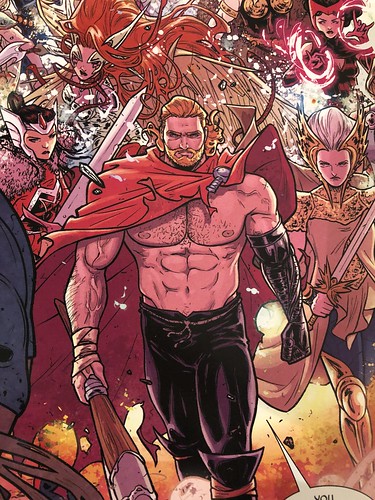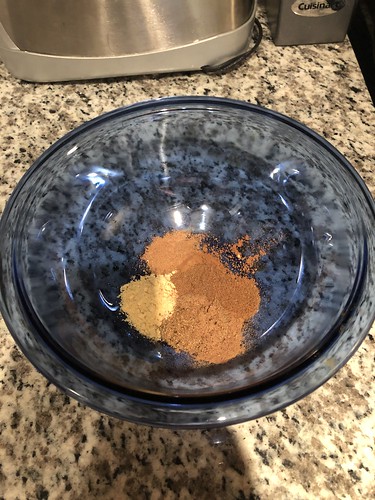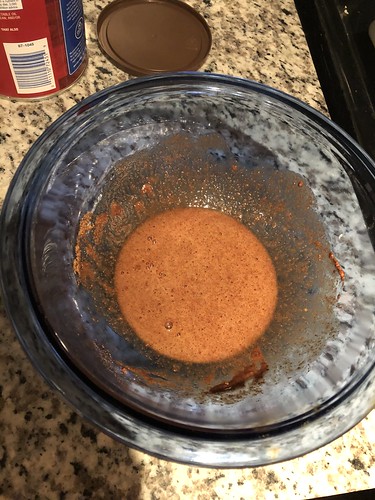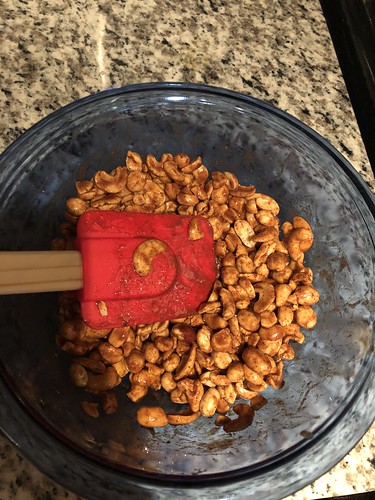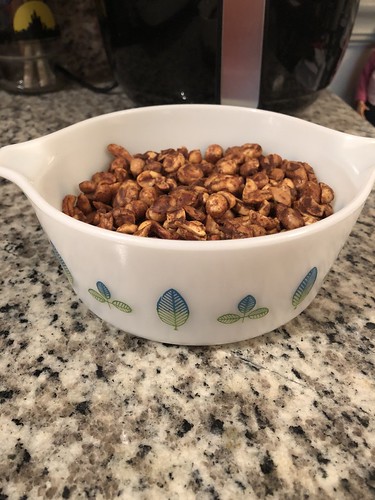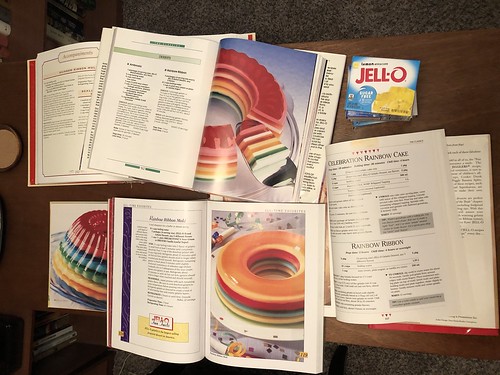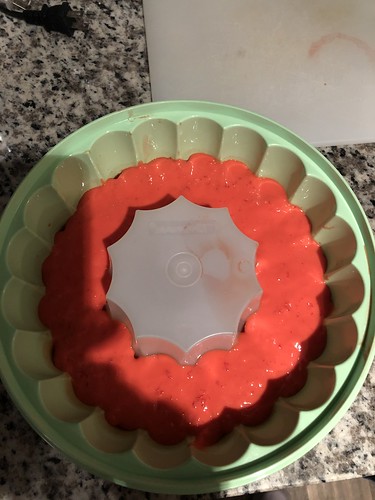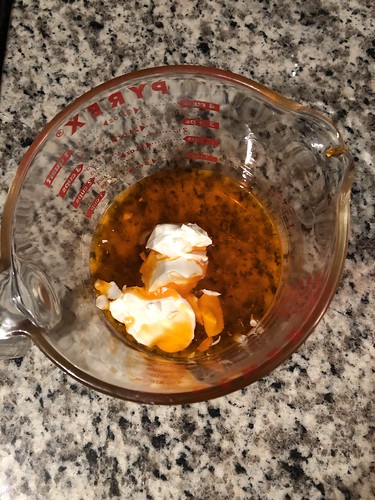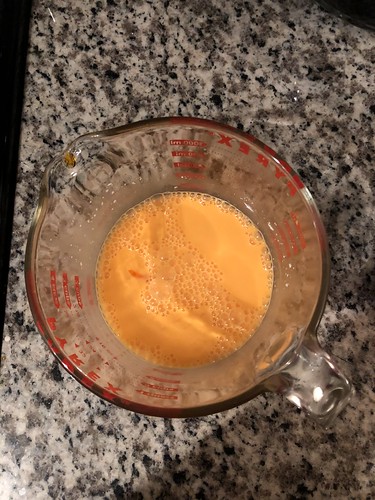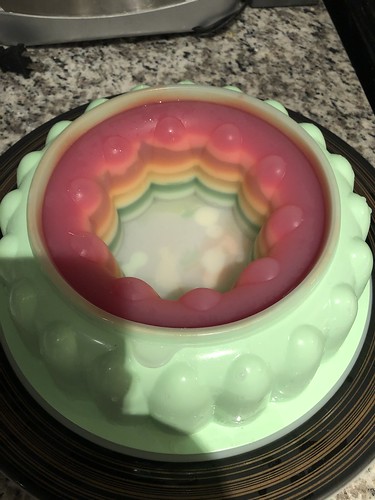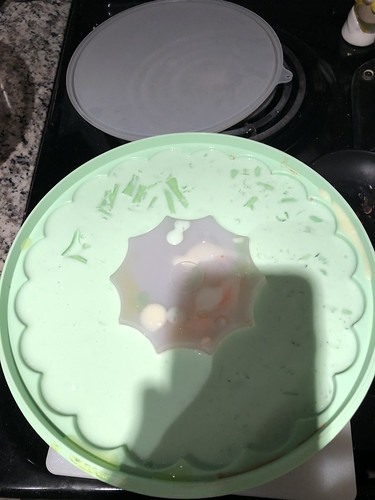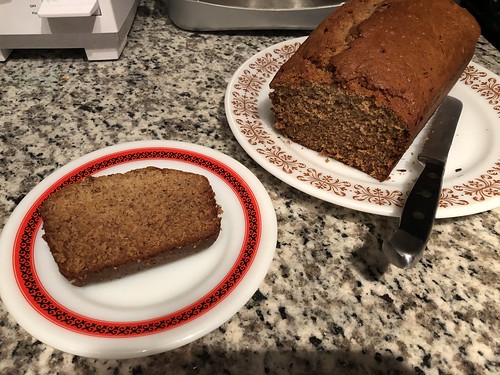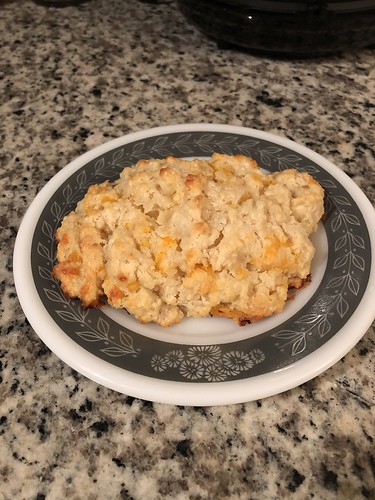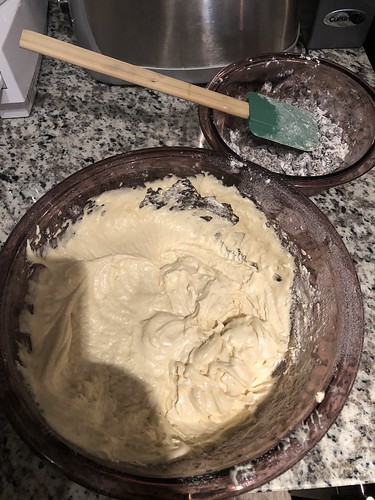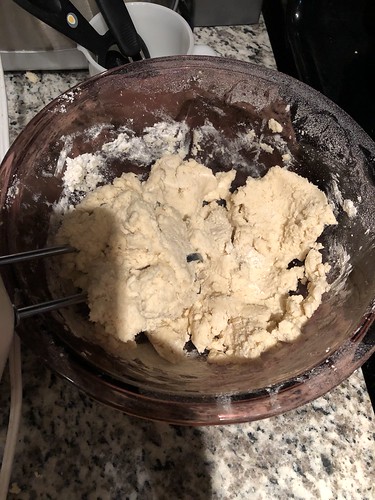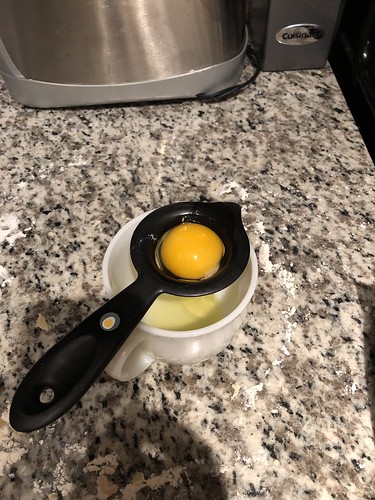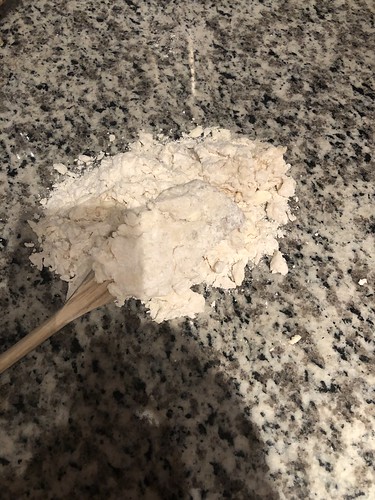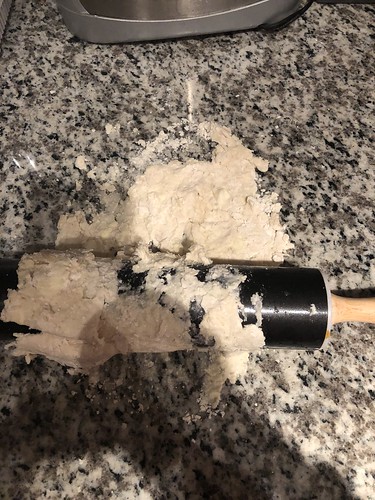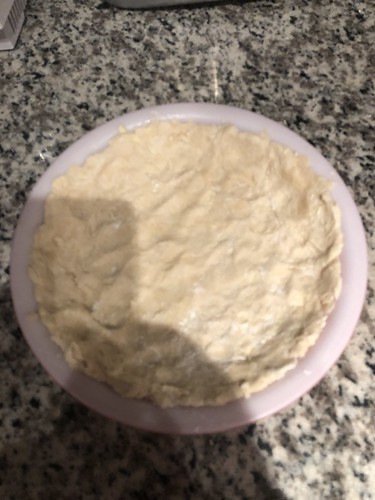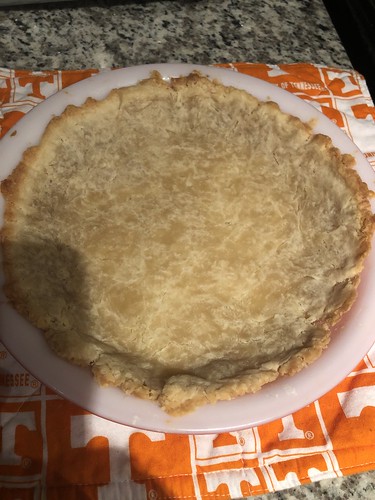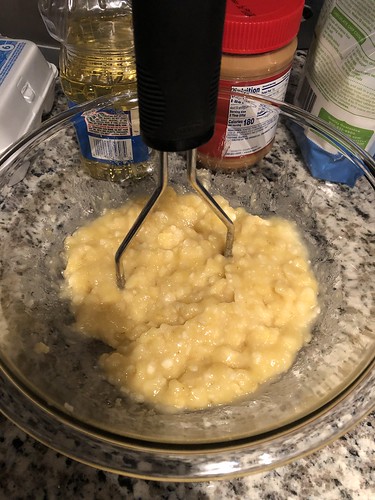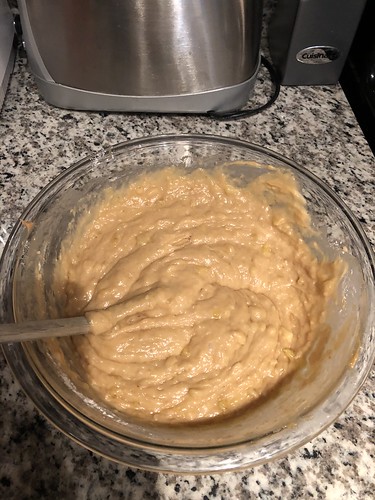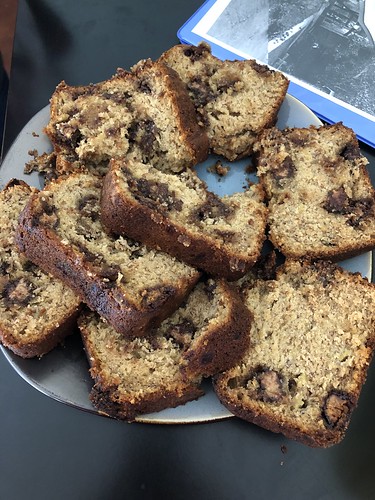It's been a while since I checked in, but I've used that time to read several books. Since I want to be able to do my traditional count at the end of the year (I did not fill out an excel sheet this year, but really should have because doing it in 2019 gave a lot of interesting data), it's time we caught up on what I've been reading.
Revival, by Stephen King - I've found some of King's newer work to be less enjoyable, but this is a good, solid return to a more classic sort of King novel with hard times, supernatural menace, but the real stars of the story being regular people in irregular situations. I read this fairly quickly, but mostly because it was good and I wanted to see what would happen.
Date Me, Bryson Keller, by Kevin van Whye - This was below my reading level, but cute and charming. Bryson Keller, popular senior, has agreed to a bet where he must date the first person who asks him out on Monday morning for a week at a time. Kai Sheridan didn't think the bet would apply to boys or that Bryson would say yes, but now they're dating for a week even though Bryson is straight and Kai is about to get his heart broken... but maybe not?
A Boy and His Dog at the End of the World, by C.A. Fletcher - This post-apocalypse novel is actually the last book I bought in a Barnes and Noble in the Before Time, back in February, so it was interesting to finally get around to reading it deep into social distancing. Griz lives with his family and his dogs on a remote island off the coast of the United Kingdom (maybe off of Scotland? I'm bad at UK geography) many years after the end of civilization. They sometimes interact with another family many islands away, but for the most part keep to themselves until the day a trader comes, and leaves with one of Griz' dogs. Chasing after him in one of the family boats, the thief leads Griz on a chase through the remains of our world and an unexpected final twist. The only thing I didn't like about this book was that the author leans heavily into a "serialized story" kind of writing, where every chapter ends with an ominous mention of something terrible coming up.
Strange Weather by Joe Hill - This was the first in a string of short story collections over the past couple of months. I enjoy Hill's writing, and these stories were pretty entertaining. My favorite was one about a sky diver who crashes onto the top of a UFO disguised as a cloud, but everything in this book was pretty good.
The October Boys by Adam Millard - A friend suggested this, but it wasn't that great. In 1988, four boys are out trick or treating when they are pursued by a rusty ice cream truck in the middle of the night, and only three of them make it home. 27 years later, they are seeing the truck and hearing its jingle again, and they know the Ice Cream Man is coming back. There was an interesting idea here, but it doesn't feel like an original idea, and the back quarter of the book jams in a lot of sudden backstory to flesh the whole thing out. This isn't a bad book, but I forgot pretty much everything about it as soon as I was finished, and just had to read the summary on Amazon to remember the basics of the plot.
Don't Look Behind You by Lois Duncan - Somehow I had this on my unread books shelf, so I plowed through it in about a day, if that. This story of a family in witness protection, pursued by a hitman, would probably make a pretty good Lifetime movie since the teenage daughter is a brat who repeatedly compromises them and endangers their lives through her tantrums, and Lifetime loves bad teenagers.
Just After Sunset by Stephen King - Another King book, and another short story collection. There are 13 stories here, and while they're not all about the supernatural they are all disturbing in some way. Again, in classic King tradition, the real monsters tend to be regular people, but there are also some good old fashioned monster monsters, too. I enjoyed this collection.
Halloween Season by Lucy Snyder - A collection of stories and poems related to Halloween (some of them only loosely), this book is short but impactful. If you're familiar with Snyder's work (you should be, if you like short horror stories), then some of these will feel a little thematically familiar, but the writing is good and the stories are entertaining. Snyder has a skill for doing a lot of world building in a short amount of space without it feeling forced, and it leads to some very interesting tales.
The Museum of Dr. Moses by Joyce Carol Oates - I wasn't kidding when I said I went on a little "short story collection" binge. There's definite tension in these stories, and they're well written. The title story was, to me, one of the least interesting in the book, but overall this was a nice, diverting read.
The Hunting Party by Lucy Foley - I impulse bought this at the store because I had heard a lot of good things about it, and it turned out to be a good mystery. A group of old college friends gets together every year for New Year's, and this year the celebration is taking place at a remote Scottish lodge, deep in the woods. By the end of the first chapter one of them is dead, but this is a double mystery, in that you spend most of the book trying to figure out who died and trying to figure out who killed them. You're pretty far into the story, told in the present day and in flashbacks to three days before, before you even get a pronoun on the corpse, but this approach works well. There are plenty of people in here who maybe should be murdered, and plenty of reasons for murdering them.

